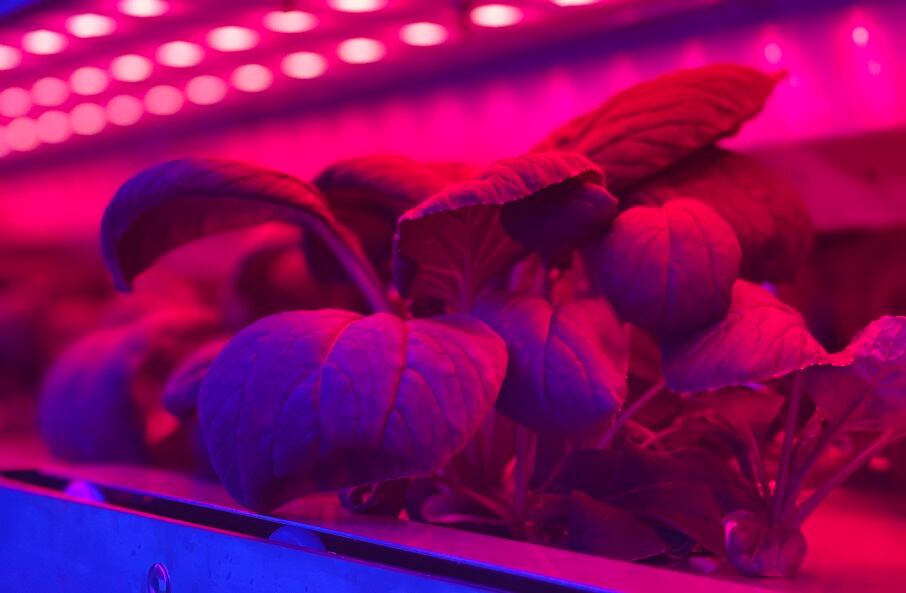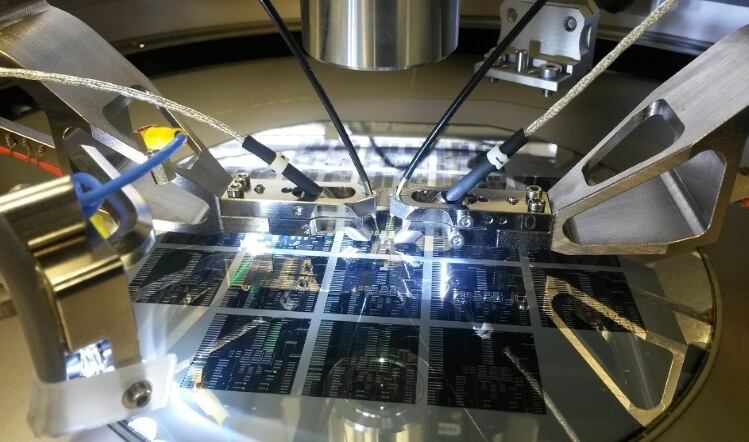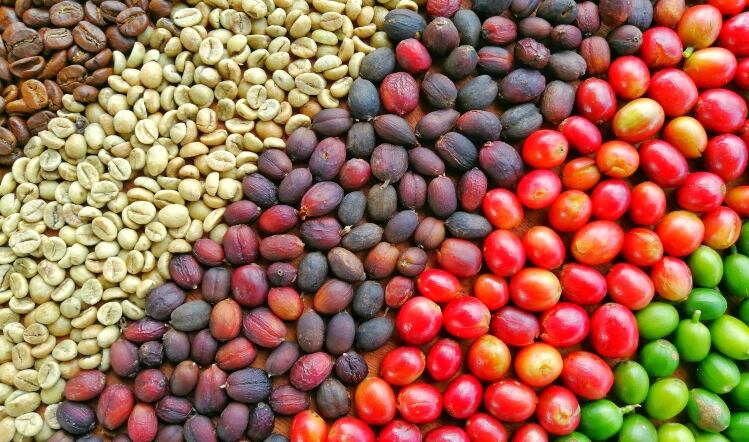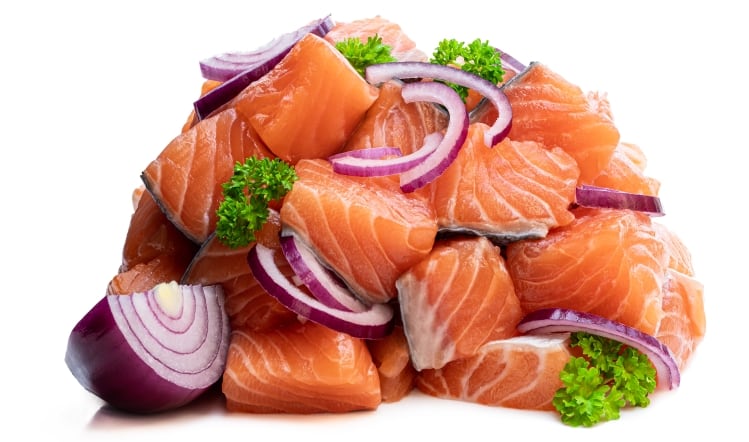Food Manufacture speaks to Jen Bromley, PhD and head of plant research and development at London-based vertical farming innovator Vertical Future, to find out more.
Food liking is a key driver that repeatedly brings consumers back to the same food choices.
When it comes to product development, taste is paramount. In 2020, 88% of consumers confirmed that taste is the primary reason for buying a food item, the International Food Information Council Foundation’s survey found.
Taste ranked above price (70%), healthiness (60%), convenience (52%) and environmental sustainability (34%) as the prime influencer of consumer decision making when purchasing food.
“Taste is the key driver of this preference, though what we laypeople consider taste is part of a multi-sensory experience that includes multiple senses including touch, taste and smell,” says Bromley. Much of what consumers might call taste is linked to aroma, she explains. A product can be convey sweet, sour, bitter, salty, umami or fat notes on the tongue, while its smell is perceived through the nose.
“In our experience of fresh produce, particularly salads, vegetables and fruits, consumers are looking for something they can taste with a strong or recognisable flavour and not something that is taste-neutral, which might often be described as watery.
“But they also want more than just produce that tastes good—more and more consumers are looking for food that looks good, benefits their nutrition and also that it stays fresher for longer."
How light manipulation impacts taste
This is where light manipulation comes in. “Light is an incredibly strong determinant in how a plant grows. Looking at a plant’s DNA, there are many genes that code for light-receptors, which themselves impact how the plant responds to the environment.”
A notable part of this response is biochemical, which subsequently influences how fruit and vegetables taste. Producers can affect their biochemistry by manipulating the colour of light (known as the spectrum), its intensity (how bright it is), and the day’s length. This then creates different flavours.
“One of our main focus points is the light that the plant receives and so we have designed our lights to ensure that we are able to precisely tailor not only the intensity of light that a plant receives but also the colour of the light.”
Vertical Future can also change light quality throughout a plant’s lifetime, between sowing the seed and harvesting the crop, enabling it to activate different light responses during the growth cycle.
Progressing plant manufacture with light manipulation
The company’s plant research and development team are applying light manipulation in a number of areas. “But these are by no means the limit of what we can use light manipulation for."
One area it is looking at is keeping leafy crops such as spinach producing leaves for as long as possible and not developing flowers. “This makes the crop more productive and so improves the unit economics for growers.”
The business is also using light to influence flavour. Vertical Future can use the stress responses of fresh produce under higher-than-normal UV light to prompt the production of flavour-active compounds.
“We can also use a change in light intensity towards the end of the growth process to improve the shelf-life of a crop, meaning quality and freshness are retained for longer post-harvest.”
The science
Plants respond to light through photoreceptors. The process of keeping a plant vegetative (producing leaves) coupled with the response of stopping it from flowering, Bromley notes, “is mediated through a photoreceptor called phytochrome, which is able to translate the balance of red and far-red light received to induce a response”.
“When the balance of red to far-red is shifted, the equilibrium of active and inactive phytochrome changes and this causes a change in the crop,” relays Bromley.
By understanding this, Vertical Future can use light to provoke the responses it needs from fresh produce.
Overcoming obstacles and accessing opportunities
“One of the major challenges of light manipulation, and working with plants in general, is there is not one rule for all, so where a certain spectrum would influence a change in one plant, there is no guarantee another will respond in the same way.”
As a result, Vertical Future engages in trials to study many different varieties and species of plants grown in its systems. The team is also working with scientists in academic laboratories such as the National Institute of Agricultural Botany (NIAB) to look more closely at plant DNA. Together, they are looking to see if there are any signposts in the genome (called genetic markers) that allow Vertical Future to predict the response before it trials a variety.
“Within plant manufacture in vertical farms, the opportunities are endless,” confirms Bromley. “We can apply light manipulation to food crops, but also to crops from which we might be looking to extract essential oils or plants which go into health supplements and even pharmaceuticals."




